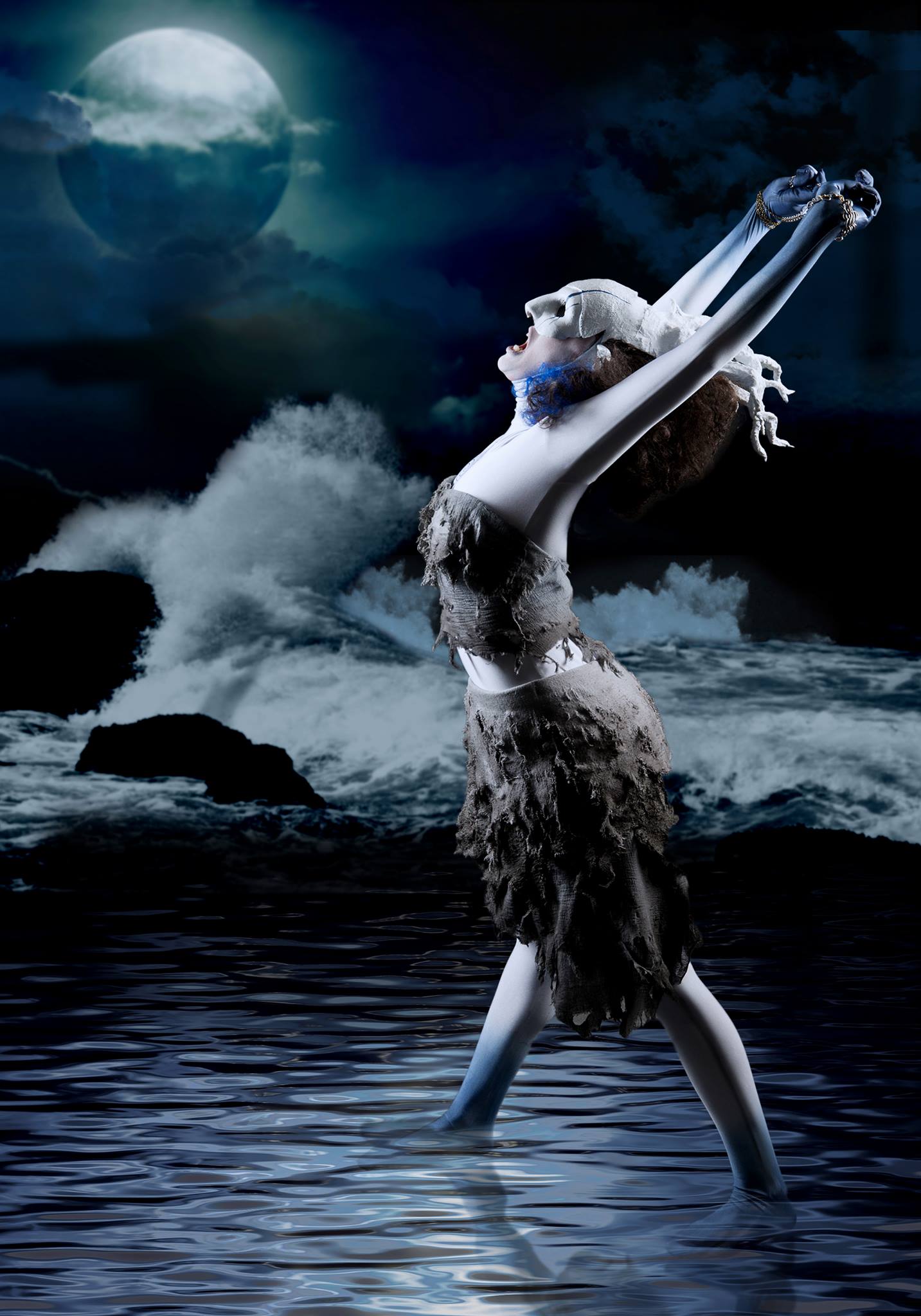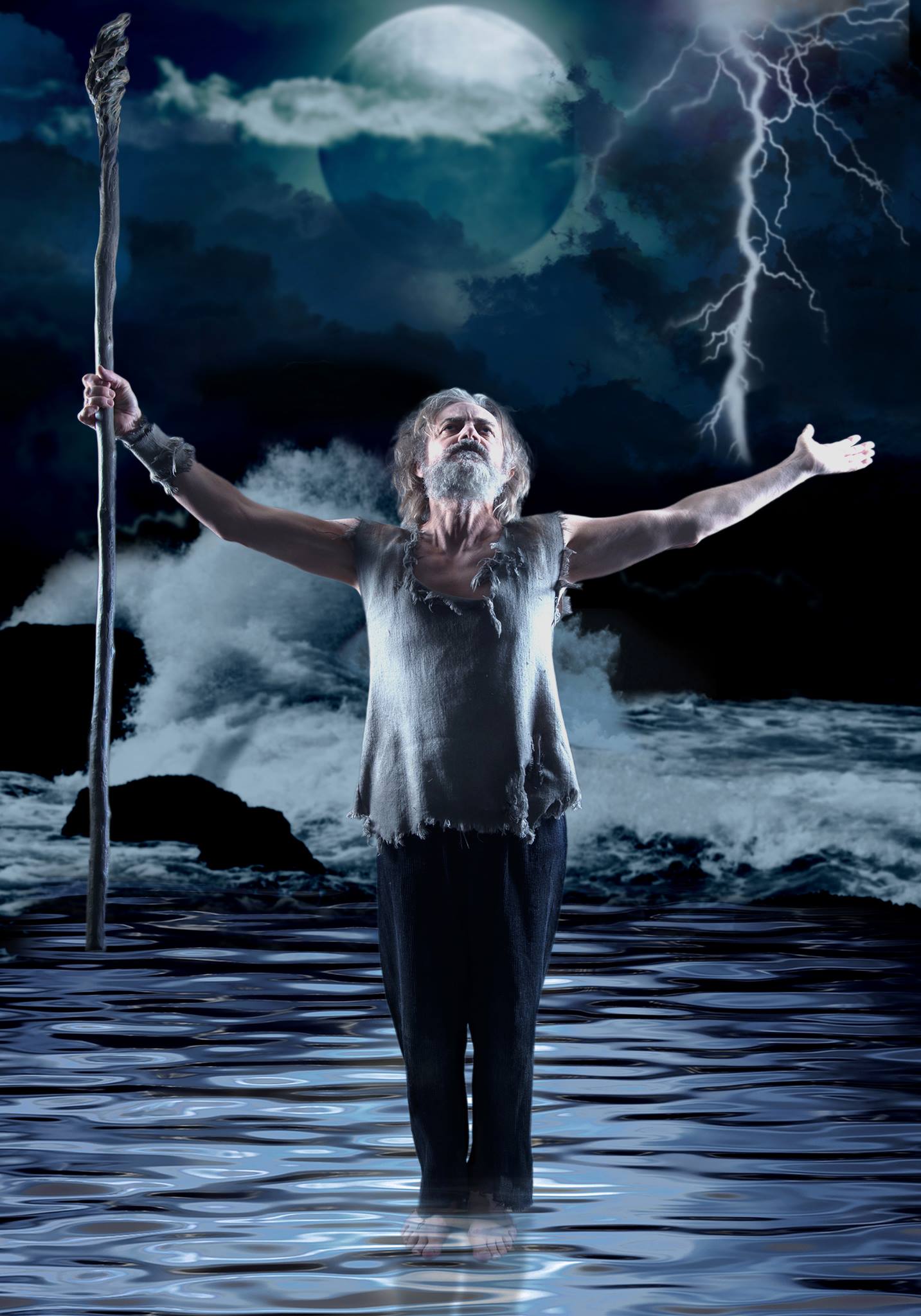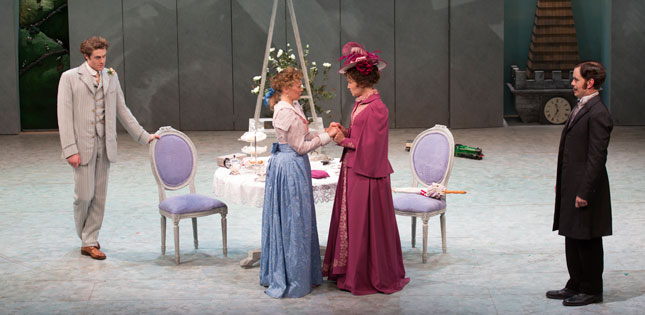 When I first learned that Spoleto would be presenting one of my favorite fun plays, Oscar Wilde's The Importance of Being Earnest at this year's festival, and that it was being produced by The Gate Theatre, one of the most distinguished theatre companies in the world, I felt an amalgam of emotion. Having seen Earnest several times on stage and screen, the prospect of the opportunity to see Gate Theatre regulars Alex Felton and Michael Ford-Fitzgerald as Algernon Moncrief and Jack Worthing, respectively, certainly presented a thrill. After all, it's difficult to find a season at The Gate in which the company does not present a Wilde performance --and he only wrote a thrifty handful of plays. If you only get to see one Wilde play in your life you should make sure it's the Gate Theatre putting it on.
When I first learned that Spoleto would be presenting one of my favorite fun plays, Oscar Wilde's The Importance of Being Earnest at this year's festival, and that it was being produced by The Gate Theatre, one of the most distinguished theatre companies in the world, I felt an amalgam of emotion. Having seen Earnest several times on stage and screen, the prospect of the opportunity to see Gate Theatre regulars Alex Felton and Michael Ford-Fitzgerald as Algernon Moncrief and Jack Worthing, respectively, certainly presented a thrill. After all, it's difficult to find a season at The Gate in which the company does not present a Wilde performance --and he only wrote a thrifty handful of plays. If you only get to see one Wilde play in your life you should make sure it's the Gate Theatre putting it on.
However, The Gate Theatre has come to perform almost as regularly in Charleston as it does in Dublin. Well, that's not entirely true, but the company has become a regular presenter over the past few decades bringing us such plays as Present Laughter, Pride and Prejudice, Two Plays After, Hay Fever, I'll Go On, The Constant Wife (which though written by Maugham is still quite Wildesque), as well as Salome back in 1990 and Lady Windermere's Fan in 98.
So if the caliber of The Gate's work is undeniable and the company arguably offers the quintessential Wilde experience, why doesn't the equation result in a win/win situation?
It's because as much as there are few things as fun and clever as Wilde's playful play, there are also few things as boring. Despite the fact that I knew in my heart that The Gate would bring period costumes and perfectly chintzy and doillied sets to the Dock Street Theatre, in my heart of hearts I had hoped they would shake things up a bit. Why not use the duplicity and social satire of the characters to set the action in LA or DC? Why not embrace the allusion to homosexuality in the play that even Wilde admitted he may have inadvertently included in its writing to expand upon the trivial role gender binaries and heteronormativity play in culture these days? Or even go blue with it? (Wilde writes about Bunburying for Christ sake!) Of course, we can take the lessons of Woolton's Manor House and apply them to contemporary society, but how much fun would it be to cast Lorna Quinn's Cecily as a Tri-Delt and Aoibhin Garrihy's Gwendolyn as a fallen cheerleader kicked off the squad?
Alas, Marion O'Dwyer's Miss Prism and Deirdre Donnelly's Lady Bracknell are just as prim and proper as if you'd picked them from a Victorian Garden and Mark Lambert's Reverend Chasuble is just as bumbly as he would have been when the play was first written in 1895.
Two bits of innovation mark the play in the form of the butlers, played by Des Keogh and Bosco Hogan, who add the odd Red Skelton hop to their walking about the stage, and their interactions with the set which is far less Victorian than one would imagine. A large and lovely silk screen of Wilde himself transforms into cabinets and shelves that open to display the countryside and cityscape as the scenes change.
Clever, innovative, and of the 21st century. Something I'd like to see more of at Dock Street Theatre. //cb

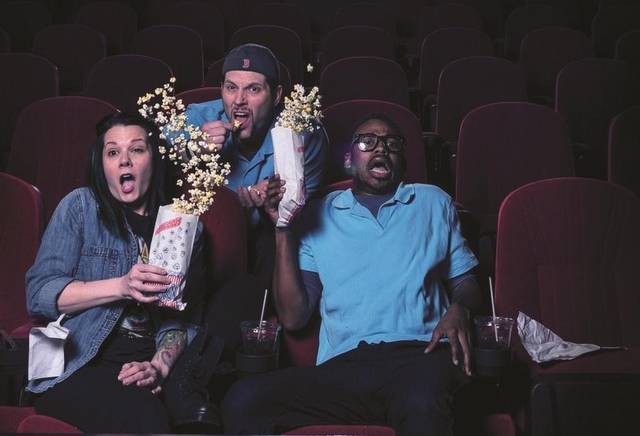


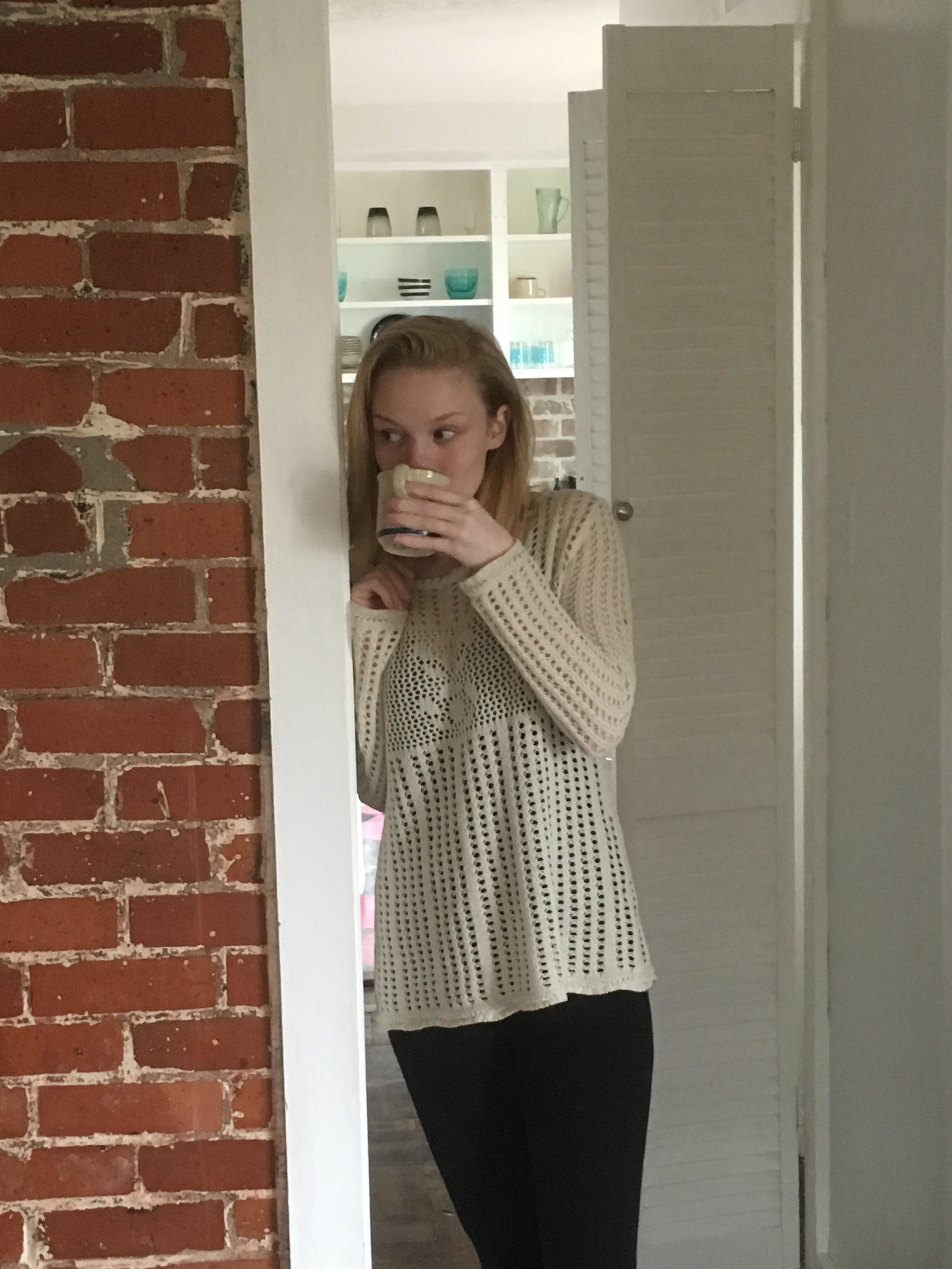




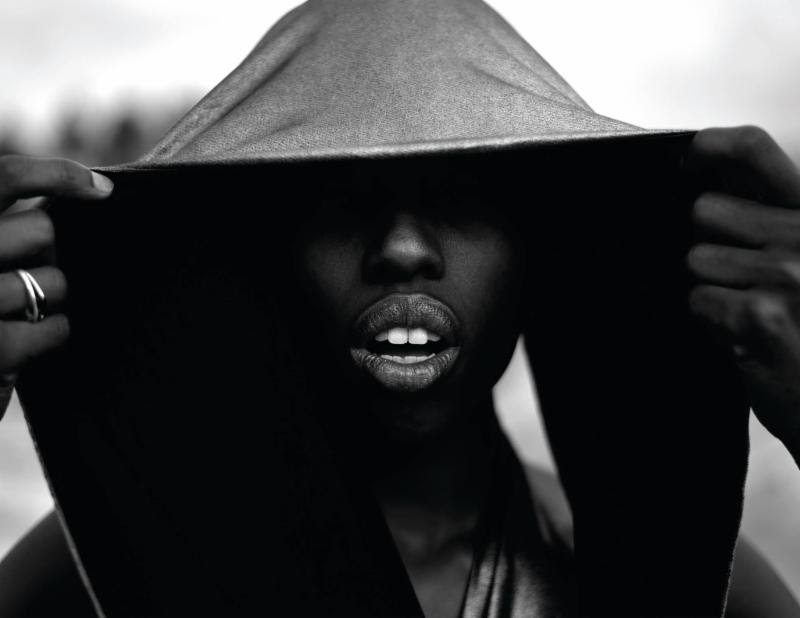











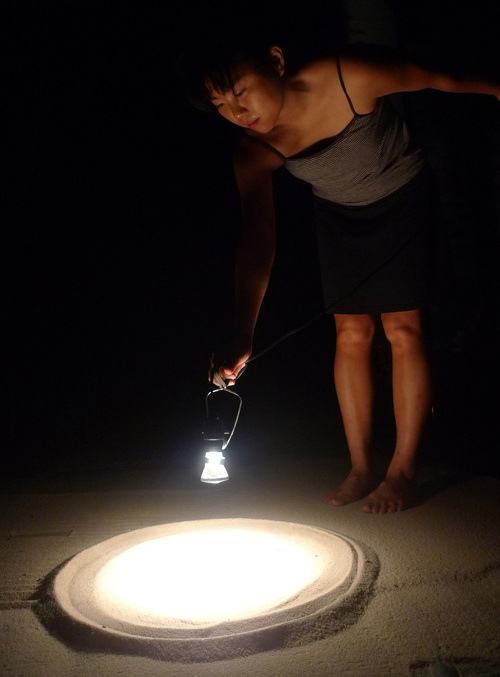
 April 15, 9:16 PM EST Like Metallica, Rancid, the Dixie Chicks, and Blues Traveler, the Gardener and the Willow is one of those band names that lets listeners know in advance what they’re signing up for. Never mind that the Gardener and the Willow isn’t a ‘band’ in the traditional sense; the name can’t help but conjure images of pastoral gentility. Indeed, the music of sole member Austin Lee, presumably pulling double duty as both gardener and willow, is gentle—even elegant—in spirit. In execution, it’s gentle in the way that someone calmly categorizing all the ways you’ve ruined their life is gentle.
April 15, 9:16 PM EST Like Metallica, Rancid, the Dixie Chicks, and Blues Traveler, the Gardener and the Willow is one of those band names that lets listeners know in advance what they’re signing up for. Never mind that the Gardener and the Willow isn’t a ‘band’ in the traditional sense; the name can’t help but conjure images of pastoral gentility. Indeed, the music of sole member Austin Lee, presumably pulling double duty as both gardener and willow, is gentle—even elegant—in spirit. In execution, it’s gentle in the way that someone calmly categorizing all the ways you’ve ruined their life is gentle.



